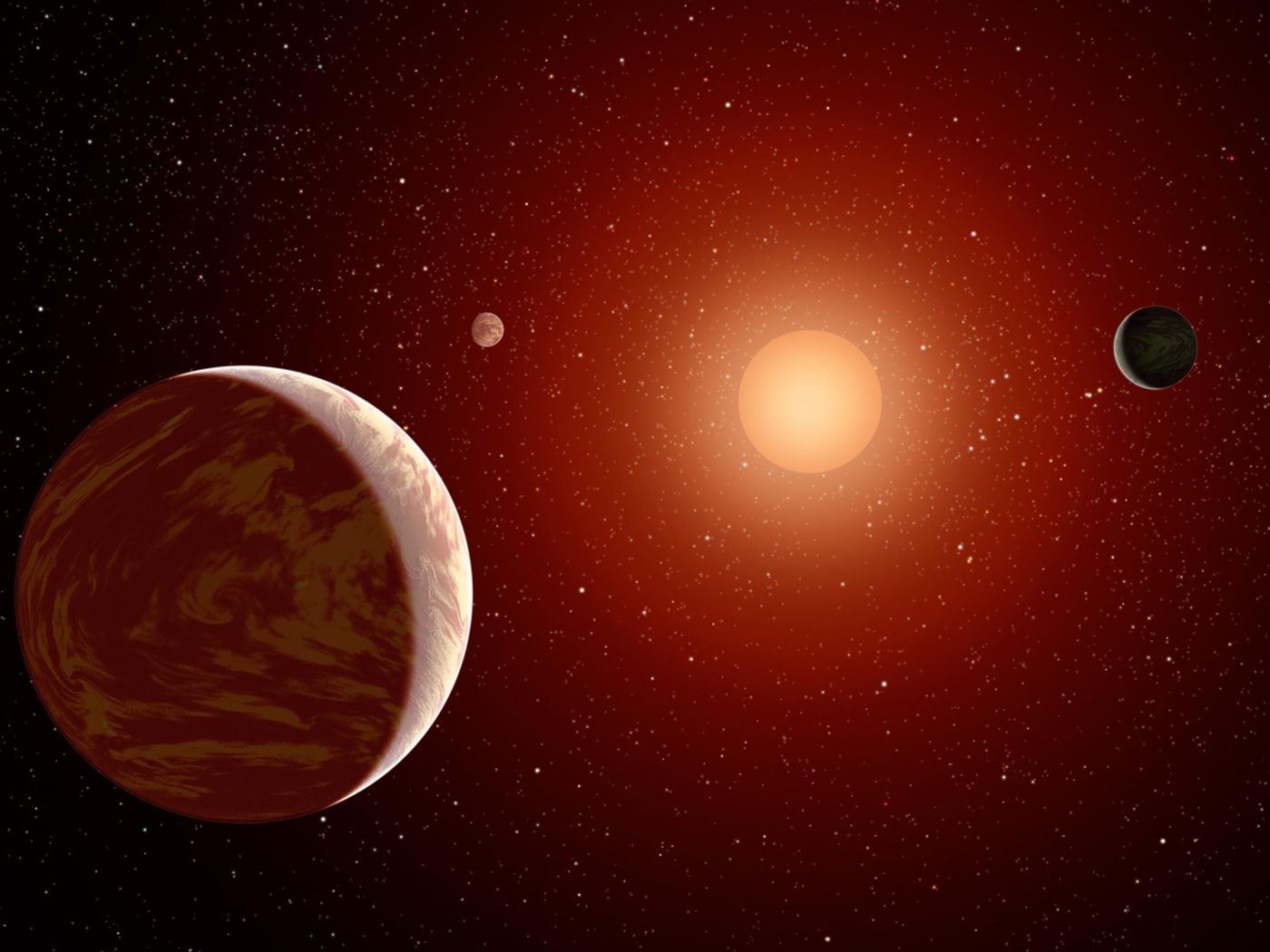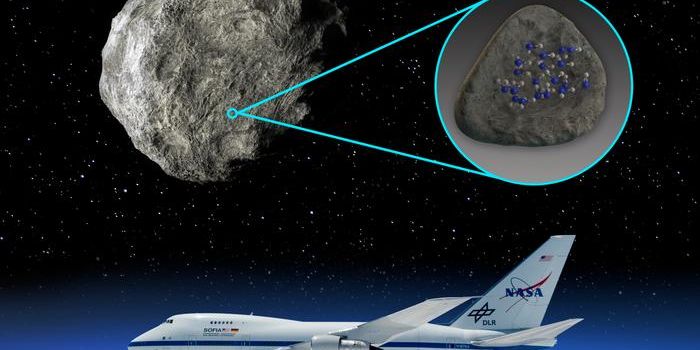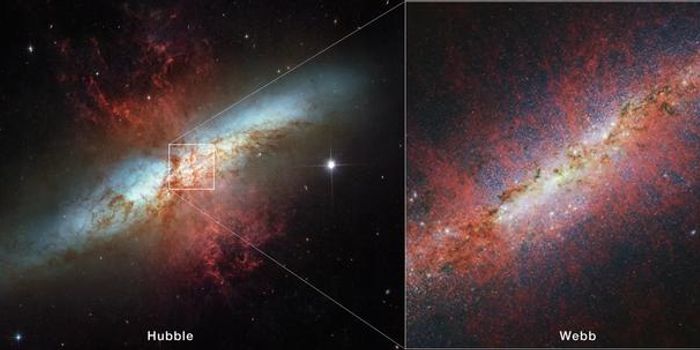Scientists Confirm Earth-Like Size of Nearby Exoplanets
Although we can find exoplanets through means of the Kepler mission, and try out best to describe their qualities, such as being Jupiter-like or Earth-like, one thing we’re not so good at is determining just how large they are.

To know exactly how big an exoplanet is, we need to have an idea of the size of the host star that the exoplanet orbits around. By doing this, we can take precise measurements and compare them to the newly-discovered exoplanet to come up with an estimated figure.
Of course, some things impact our ability to do this accurately; for example, some stars are not lone stars in a system. In some cases, we have binary star systems, which can throw off measurements because it creates light illusions.
To learn more, astronomers led by Steve Howell from NASA’s Ames Research Center focused on a system with a star named TRAPPIST-1 at the core. They used the Gemini telescope in Chile to study it.
In this system, there are three small exoplanets that might be rocky just like the Earth, and as a result, it was of interest to learn whether they were gaseous or Earth-like. Their findings from this study have been published in The Astrophysical Journal Letters.
First, they had to figure out if TRAPPIST-1 was a single-star system or if it was a binary system. They did this with a special imaging device known as the Differential Speckle Survey Instrument (DSSI), which let them accurately observe the star’s light despite much of it being distorted by our atmosphere.
Due to the patterns of light they found, they determined that TRAPPIST-1 was not a binary system, which means the measurements in size of the small exoplanets have nothing to be thrown off by. It also ensures that any periodic dips in the star’s brightness are directly related to the planets orbiting it, and we can use this information to measure their size.
"Knowing that a terrestrial-size potentially rocky planet orbits in the habitable zone of a star only 40 light-years from the Earth is an awesome finding," said Howell. “The TRAPPIST-1 system will continue to be studied in great detail as these transiting exoplanets offer one of the best chances to characterize the atmosphere of an alien world."
The study all but confirms that the exoplanet is Earth-sized. Later in 2016, the Kepler mission will get around to taking precise measurements of the radius of TRAPPIST-1 and its orbiting exoplanets for around 75 days. In space, there is far less interfering with the imaging equipment, as here on Earth, the atmosphere distorts a lot of it.
Source: NASA
-
MAY 07, 2024Is It Anti-RNP or Anti-Sm/RNP?
- See More
-
APR 30, 2024Immuno-Oncology Virtual Event Series 2024
-
MAY 07, 20243rd International Biosecurity Virtual Symposium
-
JUN 06, 2024The Future of Scientific Conferencing
- See More

















































